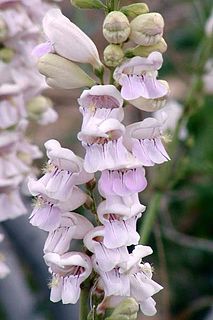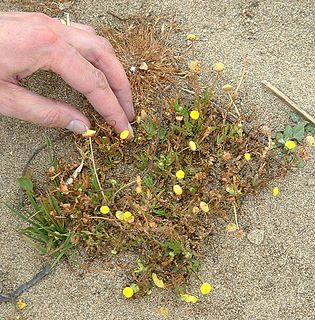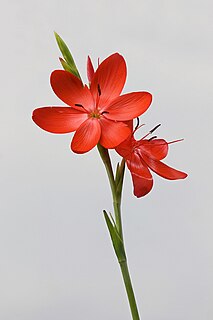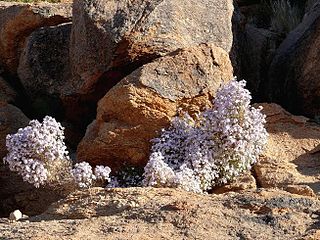| Diascia | |
|---|---|
 | |
| Diascia barberae | |
| Scientific classification | |
| Kingdom: | Plantae |
| Clade: | Tracheophytes |
| Clade: | Angiosperms |
| Clade: | Eudicots |
| Clade: | Asterids |
| Order: | Lamiales |
| Family: | Scrophulariaceae |
| Tribe: | Hemimerideae |
| Genus: | Diascia Link & Otto |
| Type species | |
| Diascia bergiana Link & Otto | |
Diascia is a genus of around 70 species [1] of herbaceous annual and perennial flowering plants of the family Scrophulariaceae, [2] native to southern Africa, including South Africa, Lesotho and neighbouring areas.
Contents
- Etymology
- Description
- Species
- Coevolution with Rediviva bees
- Garden uses
- Cultivars
- References
- External links
The perennial species are found mainly in summer-rainfall areas such as the KwaZulu-Natal Drakensberg; about 50 species, mostly annuals, are found in the Western Cape and Namaqualand, winter rainfall areas.
Their common name is twinspur, in reference to the two (usually downward-pointing) spurs to be found on the back of the flower. [3] These help to distinguish them from the similar (and closely related) genera Alonsoa and Nemesia . The spurs contain a special oil, which is collected in the wild by bees of the genus Rediviva (e.g. R. longimanus) that appear to have coevolved with the plants, as they have unusually long forelegs for collecting the oil. [4] [5]
In gardens, Diascia cultivars (mostly hybrids) have become extremely popular as colourful, floriferous, easily grown bedding plants in recent years. [6]











